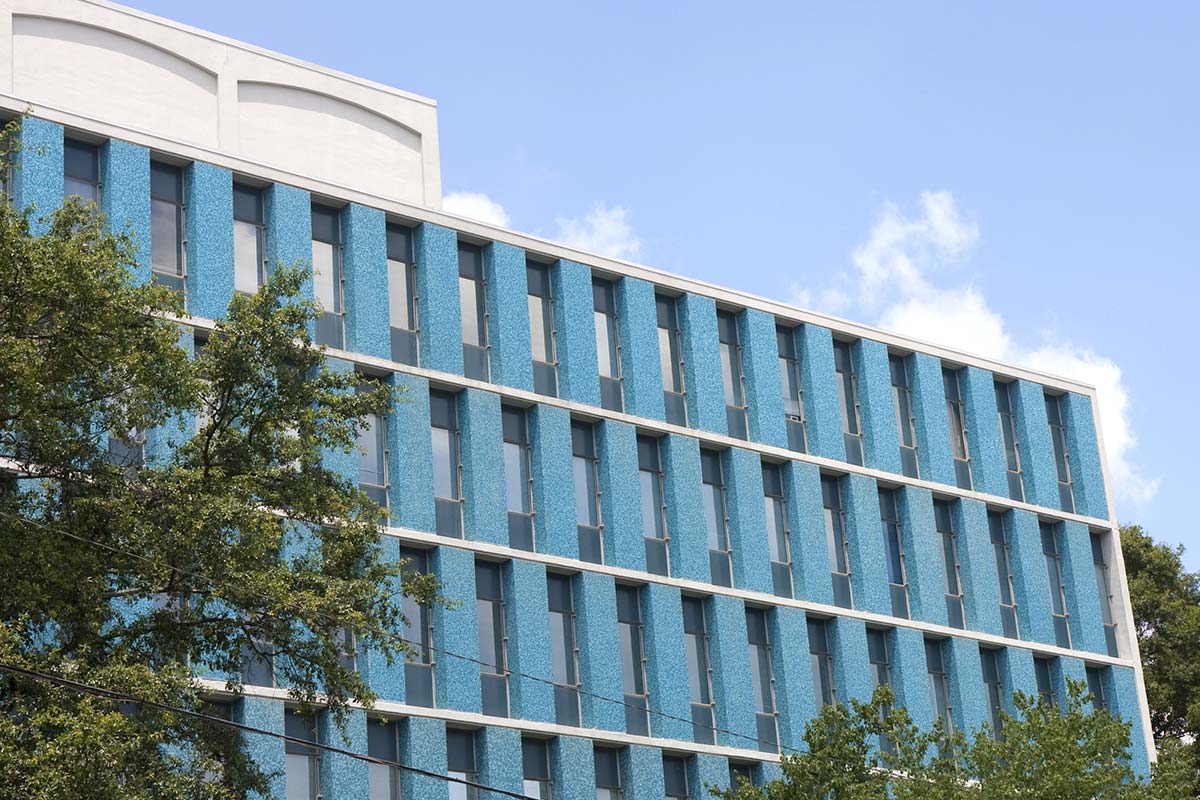Rehabbing Old Buildings: Tips for Real Estate Investors, Part 1: Proper Diligence

Rehabbing Old Buildings: Tips for Real Estate Investors, Part 1: Proper Diligence
With more and more buildings being bought and rehabilitated, especially in urban and infill areas, real estate investors pay attention to several important practices that can assure the expected upside outcomes while managing the inherent downside risks. To those points, we had a conversation with Real Projectives®’(RPL) Project Specialist, Anne Pierce, about performing proper diligence before rehabbing commercial buildings over 30 years old.
Hazardous Materials
One of the first things to look for are hazardous materials (hazmats) in or on the building and underground. According to Anne, they include asbestos (floor and ceiling tiles, insulation, plaster, and mastics), lead-based paints (interior and exterior), PCBs (transformers and electrical gear), petroleum (underground pipes and tanks) and a host of regulated liquid and solid chemicals.
Generally, these are more of a concern for housing and child exposure while less for industrial uses. A Phase I Environmental Site Assessment (ESA) should be performed by a qualified firm to research and observe whether they are present on the property. While RPL does not directly perform Phase I ESAs, Anne claims, “our team talks with the engineer, client and sometimes environmental council about the results of record searches and how to deal with the findings as well as making our own observations on the site looking for telltale signs like stress vegetation, dirt coloration, old containers, pools of liquids, and the occasional trash pit.” And if a Phase I report recommends sampling and testing or further investigation, we get involved in coordinating Phase II efforts and some extent of monitoring and eventual abatement or remediation plans.
Obsolescence
Concrete, steel, and masonry structural elements can last over a hundred years if properly installed and protected from damage and weather. Anne commented, “The structural frame of a building usually has a very long life as long as there’s nothing wrong with the foundation, and if it wasn’t under-designed in terms of spans and so forth, in which case you get a lot of sag. If it’s a masonry building, you don’t have to replace all the masonry, but the mortar should have been repointed in the past 20 years and caulking and sealants replaced in the past 10 years. If not, you’ll know about it on the inside.” Leaks are one issue, though interior cracking points to even more serious issues.
However, Anne said that “…most building materials have an expected life of 20 to 50 years so the age of the existing elements should be considered through a formal Property Condition Assessment (PCA). Exterior items like roofing, siding, windows, and doors tend to be deteriorated and past their useful life if they haven’t been replaced in previous years.” Anne shared insight on roofing issues as well. “Roofing materials have evolved over the years and different types of roofing are available that may be better than what was originally there. Some traditional roofing materials will last 50 years—different kinds of metal roofs, tile roofs, possibly the higher grade of asphalt shingles, since they combine fiberglass and asphalt, have a longer expected life. Metal roofing, if installed right, will last that long. Flashing problems may arise since the flashing is where a roof’s most likely to leak and most likely need repair. Most materials aren’t going to last 50 years and replacement will be in order.”
Furthermore, building systems stop working, don’t work efficiently or don’t deliver modern performance. HVAC, elevators, plumbing, and piping may be okay but should certainly be checked. And usually fixtures and trim are way past their prime if they’re more than 20 years old,” stated Anne.
Light fixtures usually don’t last 50 years, either, and can occasionally become hazmats, like fluorescent tubes containing mercury. More frequently lighting becomes obsolete in that modern technologies (LEDs & dimming) provide more efficient light with much less energy consumption and reduced maintenance. Interior elements should have been replaced outside of the walls, and Anne adds that you need to be aware of changing standards. “Certain types of things aren’t available and/or aren’t popular or attractive for current uses. For instance, ceiling types, counter tops, cabinet finishes and wall coverings go out of date within 10-15 years. So, even though you might not find that the whole thing is bad, you might just have to replace it all so that it matches.”
Accessibility
Through Anne’s experience, most older buildings do not comply with current accessibility requirements. While there was some concern about providing access to those with physical challenges in the 1970s, it’s become more important and essential over recent decades. Fair Housing Standards or the Americans with Disabilities Act (ADA) applies to almost every property. “Federal ADA laws and standards weren’t established until 1991, and many buildings and spaces haven’t been upgraded or remodeled to satisfy them.” Anne explains, “it’s probably going to be an issue especially if the public will access the property.” She continued, “Now sometimes it’s not required to update if you’re not changing the use [of the structure] and only updating the finishes or replacing in-kind fixtures and can make a legitimate hardship argument like not being able to move a structural column or that it will cost a significantly more. If you are changing the use, you’re definitely going to have to upgrade it in terms of accessibility. Whenever you change use of a building, it must comply to the current building code. Accessibility for simple structures like clubhouses isn’t too hard since they are mostly one story. Multi-story buildings, especially with elevators, get a lot harder.” It’s also important to keep in mind that there are usually regulations at the local and state level that may or may not align with the federal statutes, and therefore subject a property owner and investor to interpretation.
Fire Protection and Life Safety
Protecting the people in a building from fire is another essential consideration.
Anne commented that “a lot more buildings now require automatic fire sprinklers than previously. Again, if a change of use is intended, it will almost certainly require a new sprinkler system” The requirement for sprinklers depends on the location of the property, as Anne says. “Different jurisdictions have different thresholds for amount spent on renovation when you have to add sprinklers, and some places just have plain mandatory retrofit requirements. One particular use she has seen—mostly hotels but sometimes discussed for apartments—is that sprinklers must be added in phases within a certain period of time.
And when new fire sprinklers are required, the existing water supply, and fire alarm are frequently inadequate and will need to also be upgraded or replaced, not to mention the challenge of running new pipes through existing walls and ceilings. It’s difficult and expensive to put in if you have finished ceilings and such. You may end up with exposed piping or have to hide it in a little soffit area, or they make special trim if you run it along the walls of the building. It’s quite an undertaking that requires coordination.” You can’t overlook fire ratings that may not have been dealt with, fire separation, and the design of exit stairs, either.”
We hope that our experienced insight on hazmats, obsolescence, accessibility, fire protection, and life safety can guide you in making investment decisions, and if you’d like deeper insight, give us a call. In Part 2 of this series, we’ll take a closer look at converting downtown buildings.
If you’re planning a new real estate development or renovation construction project, we’d love to discuss the risks and options to help you overcome some of the challenges. Contact us today or call us at 888.357.7342 to discuss how leveraging our knowledge, expertise, and ambition could drive your next project or portfolio to success.


